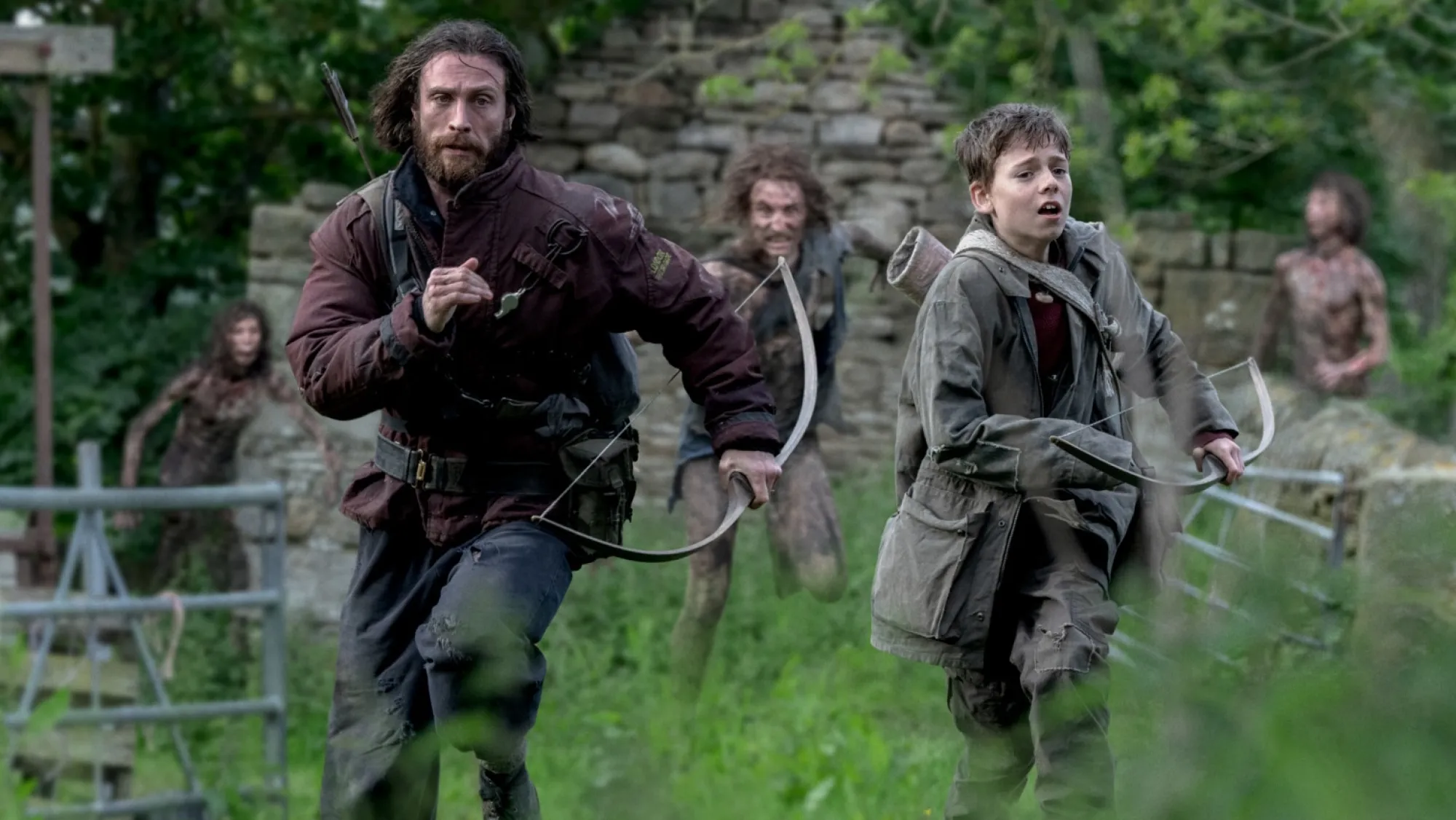In a year already jam-packed with long-awaited sequels and big-budget tentpoles, one film has ignited more feverish anticipation than any Marvel or DC project could dream of: 28 Years Later.
The third installment in the iconic rage-virus saga that began with Danny Boyle’s groundbreaking 28 Days Later (2002) and its explosive sequel 28 Weeks Later (2007), this new chapter has fans around the globe foaming at the mouth with excitement—and for good reason.
The Return of the Original Dream Team
What has sent the hype machine into overdrive is the announcement that both director Danny Boyle and screenwriter Alex Garland—the duo behind the original cult classic—are returning to helm the film. This reunion alone has elevated the film from speculative sequel to cinematic event status.
Boyle’s kinetic direction and Garland’s chilling, minimalist storytelling helped redefine the zombie genre in the early 2000s, replacing the slow, lumbering undead with a more terrifying concept: infected humans who sprint with primal rage and tear their victims apart in seconds.
With Boyle and Garland back, fans are expecting not just a continuation, but an evolution of the franchise. According to insider reports, the new film will “go bigger in scope, but keep the intimacy and panic that made the original so terrifying.”
A Perfect Time for a Comeback
In the 20+ years since 28 Days Later premiered, the world has changed in ways that make its bleak vision feel hauntingly prophetic. From global pandemics and quarantines to societal collapse and mistrust in institutions, the themes of the series hit even harder now.
The rage virus was once fiction. In 2025, it feels like a mirror.
This cultural relevancy is part of why the hype is so intense. Online forums, YouTube breakdowns, and Reddit threads have exploded with speculation, fan theories, and countdowns. The hashtag #28YearsLater trended globally the moment casting rumors dropped, and viral marketing campaigns (including hidden “infected” QR codes that lead to cryptic teasers) have only added fuel to the fire.
Who’s Coming Back—and Who’s New?
While the plot remains tightly under wraps, rumors are swirling about potential cast members returning—including Cillian Murphy, whose performance as Jim in the original film remains iconic. Murphy has expressed interest in reprising his role and is now at the peak of his career post-Oppenheimer, which only adds to fan excitement.
New names rumored to join the cast include rising genre stars and international talent, promising a blend of familiarity and fresh blood. There are also whispers of a 28 Years Later trilogy in development, making this not just a sequel, but a new beginning.
Why the Hype Is Different This Time
Zombie and post-apocalyptic films are no longer rare—but 28 Years Later carries a prestige and weight other franchises don’t. It’s not just about infected humans; it’s about how society breaks, who we become when the world ends, and the thin line between civilization and chaos.
It’s horror with a pulse. It’s dread with a soul.
And fans know it.
From think pieces and retrospectives to viral TikToks recreating rage-infected scenes, the love for the original films is deeper than nostalgia—it’s reverence. People aren’t just excited. They’re invested. They remember that opening shot of a deserted London, the silence, the tension, the fear. And now they want to feel it again.
Final Thoughts
28 Years Later isn’t just another sequel. It’s the return of one of the most intelligent and terrifying franchises in horror history. With the original creators back at the helm, modern relevance pulsing through its veins, and a fan base louder than ever, it’s safe to say this movie isn’t just hyped—it’s a cultural event in the making.
If the rage virus was real, the online buzz would’ve spread it already.
Are you ready for 28 Years Later?
Drop your predictions below—do you think Jim survived? Will humanity fight back? Or is it too late?
